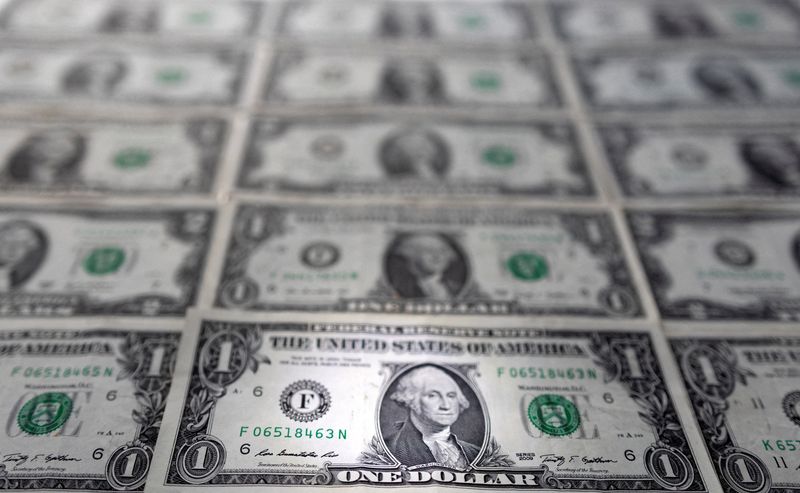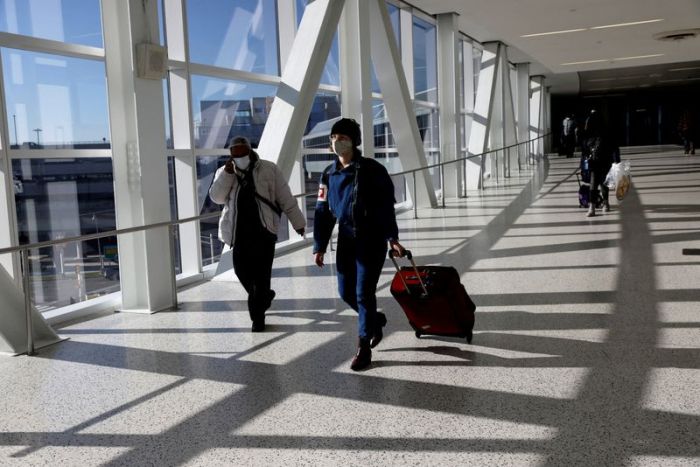NEW YORK (Reuters) – The dollar fell to a one-week low against a basket of currencies on Wednesday after Federal Reserve Chairman Jerome Powell played down the prospect of a 75 basis point rate hike, even as he said the U.S. central bank will act aggressively to stamp out inflation.
Powell said in a press conference following the Fed’s policy statement that the U.S. central bank is not actively considering a 75 basis point increase, but that additional 50 basis point jumps should be on the table for the next couple of meetings.
It came after the Fed raised its benchmark overnight interest rate by 50 basis points, the biggest increase in 22 years, in a widely expected decision.
“The market was pricing in essentially a 50/50 chance that you see a 75 basis point hike by July, between June and July, and so I think the most important takeaway here that I think the market was really fixated on, was whether or not a 75 basis point hike is on the table, and he (Powell) basically pushed back on that,” said Mazen Issa, senior fx strategist at TD Securities in New York.
The dollar index dropped sharply after Powell’s comments, falling to a one-week low of 102.48, before retracing back to last be at 102.62, down 0.76% on the day.
The U.S. central bank also said that its $9 trillion balance sheet would be allowed to decline by $47.5 billion per month in June, July and August and the reduction would increase to as much as $95 billion per month in September.
Investors have been evaluating whether the rally that sent the dollar index it to its highest level in 20 years last week has much further room to run at least in the short-term, with much of the Fed’s expected hawkishness already priced into the market.
However, the Fed is expected to tighten policy more than peers. Europe, for example, is struggling from weaker growth and energy disruptions due to sanctions imposed on Russia after its invasion of Ukraine.
The euro rose to $1.0606, up 0.82% on the day, and is up from $1.0470 on Thursday, which was the lowest since January 2017.
The U.S. dollar has also benefited from safe-haven flows as COVID-19 restrictions in China trigger concerns about global growth and new supply chain disruptions.
Beijing shut scores of metro stations and bus routes and extended COVID-19 curbs on many public venues on Wednesday, focusing efforts to avoid the fate of Shanghai, where millions have been under strict lockdown for more than a month.
The Aussie dollar outperformed for the second day, after the Reserve Bank of Australia on Tuesday raised its cash rate by a surprisingly large 25 basis points to 0.35%, the first hike in over a decade, and flagged more to come as it pulls down the curtain on its massive pandemic stimulus.
The Aussie gained 2.03% to $0.7241.
U.S. data on Wednesday showed that private employers hired the fewest workers in two years in April amid persistent labor shortages and increasing costs, which are hitting small businesses the hardest.
This week’s major U.S. economic release will be the government’s jobs report for April released on Friday.
(Editing by Nick Zieminski, William Maclean)

























